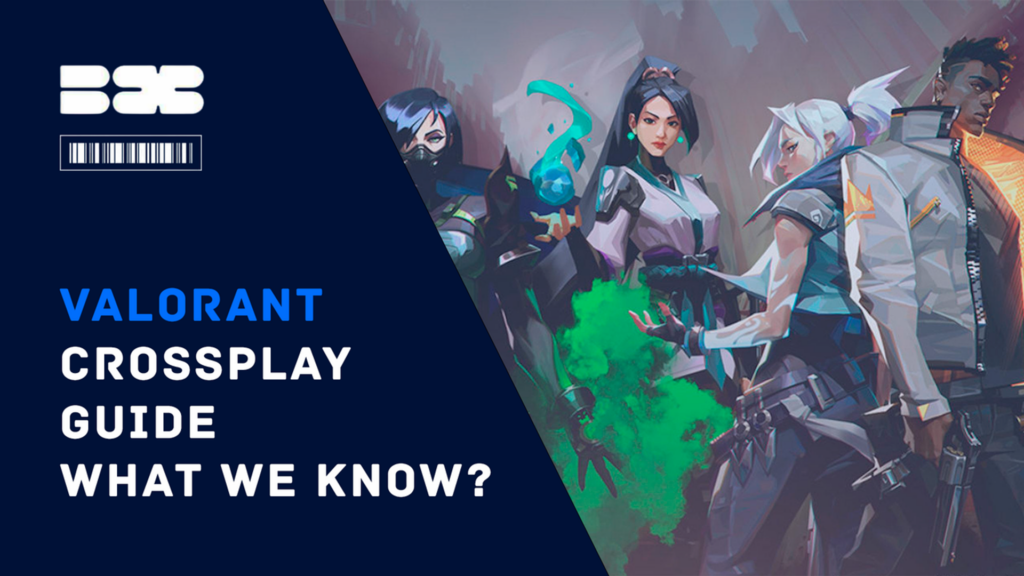Valorant’s expansion into mobile and potential console releases showcases Riot Games’ commitment to broadening the game’s accessibility. While cross-platform play is still in development, the gaming community’s excitement hints at the transformative impact it could have on eSports. We gathered all the available data on the subject and compiled it into this article. So, what’s with Valorant crossplay now? Let’s find out!
Contents
Highlights
- Summary of current Valorant’s crossplay state
- Examine cross-platform possibilities for mobile and console platforms
- Review of benefits and difficulties of cross-region play
Since its launch on June 2, 2020, Valorant has ascended to prominence within the eSports arena. Twenty-three million active players per month play it. Riot Games’ free-to-play first-person hero shooter has captivated a global audience.
No wonder it sparked widespread curiosity about its cross-platform capabilities. The question on everyone’s lips: “Is Valorant cross-platform?” We’re here to explore Valorant’s journey towards cross-platform play and what it might mean for gamers worldwide.
Note: we see Valorant’s exploration into cross-platform play as a pioneering step that could revolutionize competitive eSports. Bringing players together across different platforms embodies the spirit of inclusivity and community that Riot Games has always championed.
Current State of Crossplay in Valorant

First, let’s define the subject.
Cross-platform gaming enables players using different hardware systems, like PCs, consoles, and mobile devices, to play the same game online. Cross-regional gaming (another aspect of crossplay) allows players from different geographic locations or servers worldwide to connect and play with each other.
As of now, Valorant does not support cross-platform gaming. It is available only on PC, and Riot Games, the developer, has not implemented crossplay, meaning PC players can only play with other PC players. While Riot has not made any official announcements regarding future cross-platform capabilities, they have mentioned exploring cross-platform options for their games, suggesting that crossplay for Valorant hasn’t been entirely ruled out.
Valorant’s Foray into Mobile Gaming
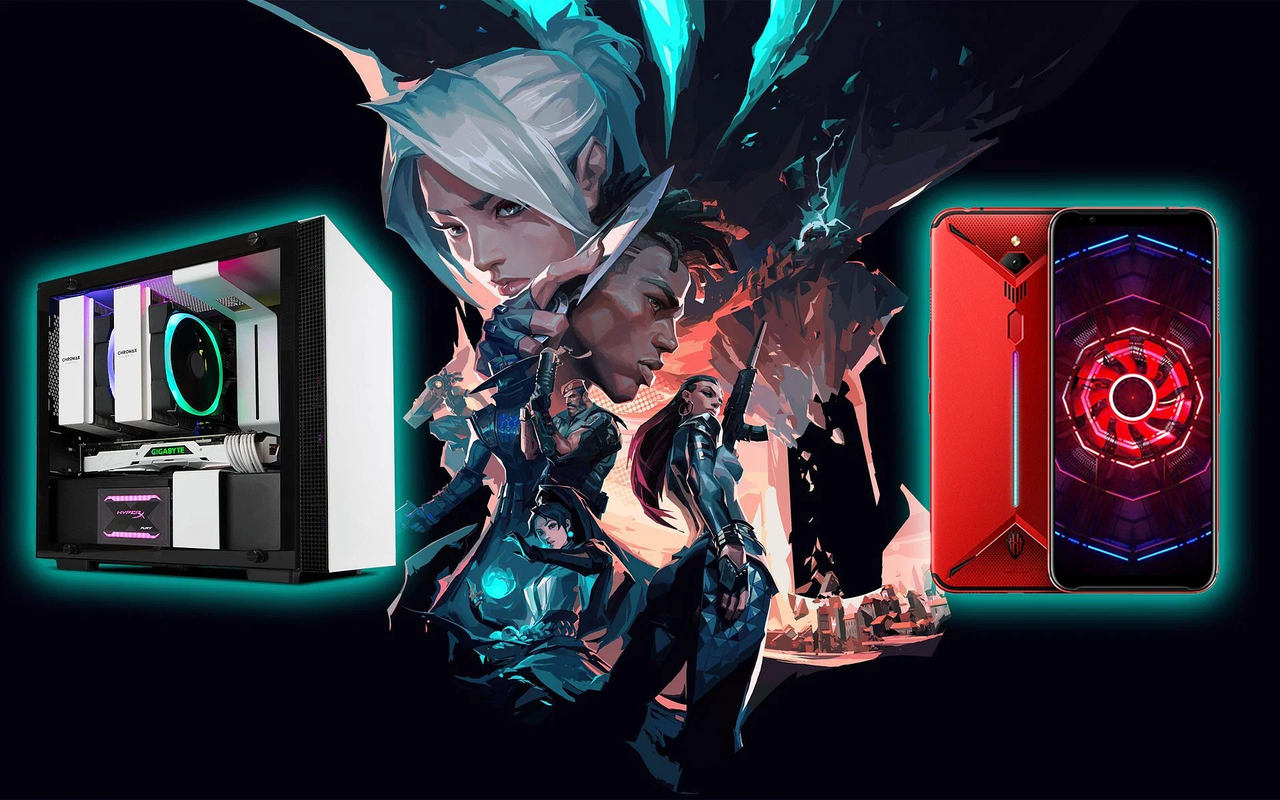
In particular, Riot Games has announced that Valorant is branching out to mobile platforms, with Valorant Mobile set to offer a distinct gameplay experience tailored for handheld devices.
Despite the anticipation, the exact release date remains a mystery, keeping the community tentative. This initiative marks Riot’s promise to diversify Valorant’s reach, although no plans for crossplay between PC and mobile versions have been confirmed.
Valorant Mobile is poised to be an independent game, with gameplay and round timing adjustments to suit the mobile gaming environment. This decision underlines Riot’s intention to ensure fairness and competitive balance, steering clear of integrating crossplay between PC and mobile platforms.
We are optimistic about Valorant’s mobile venture. While it presents challenges, it also opens up possibilities for players who prefer mobile gaming. It’s a bold move that could significantly expand Valorant’s audience.
And despite all the difficulties, crafting Valorant Mobile as a standalone experience is a smart move by Riot. It acknowledges the unique aspects of mobile gaming. The platform has limitations and strengths, and Riot seems ready to recognize it.
Console Prospects: Xbox and PlayStation
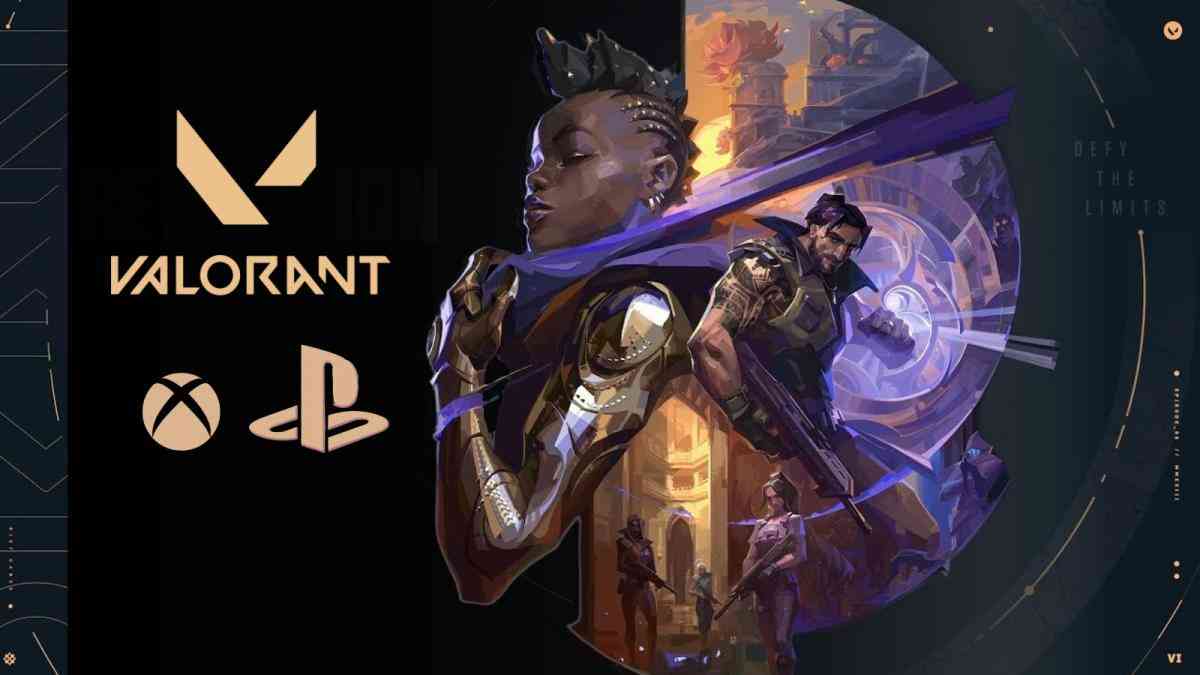
Rumors and job listings hint at Riot’s exploration into bringing Valorant to consoles. However, there is a need for concrete evidence regarding its availability on Xbox or PlayStation. Adapting Valorant’s precision-based gameplay to controller-friendly interfaces poses a significant hurdle.
The potential expansion of Valorant into console gaming excites us greatly. Riot’s commitment to broadening its reach and adapting to diverse gaming preferences is well known. We’ve said it here a moment ago. Hence, we’re keenly awaiting official announcements and are ready to embrace the new wave of console players in the Valorant community.
Cross-Region Play and Its Complications
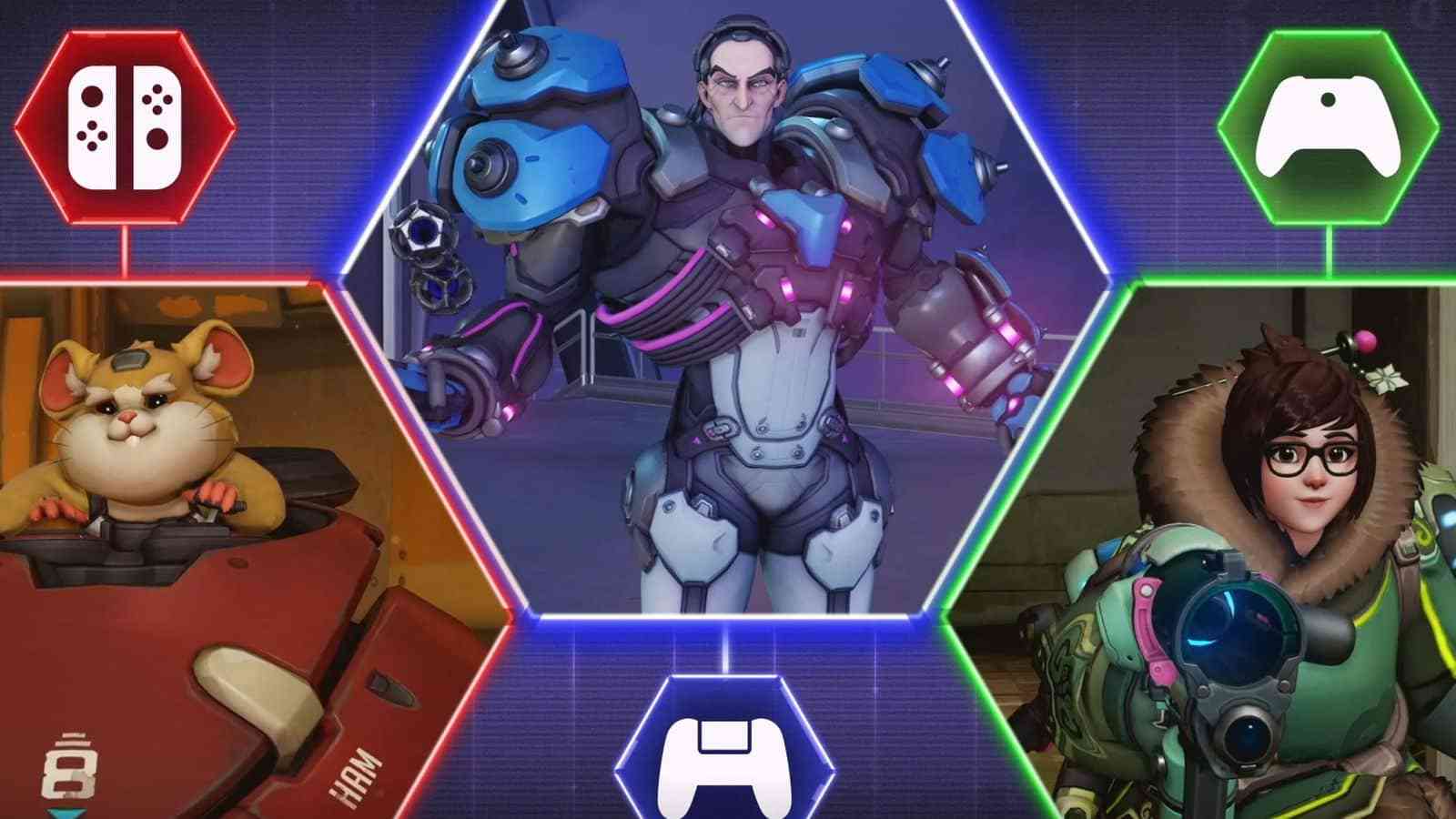
Valorant players are restricted to their respective regions, mirroring the setup in League of Legends. This regional lock can be circumvented using VPNs, allowing players to access servers in different areas. However, this workaround introduces challenges, including potential latency issues and the impact on game integrity.
The regional restrictions in Valorant are a double-edged sword. While they ensure better game quality and reduced latency, they hinder the global community’s unity. We’re hopeful for a future where these barriers can be minimized, allowing for a genuinely international Valorant community.
The Future of Crossplay in Valorant
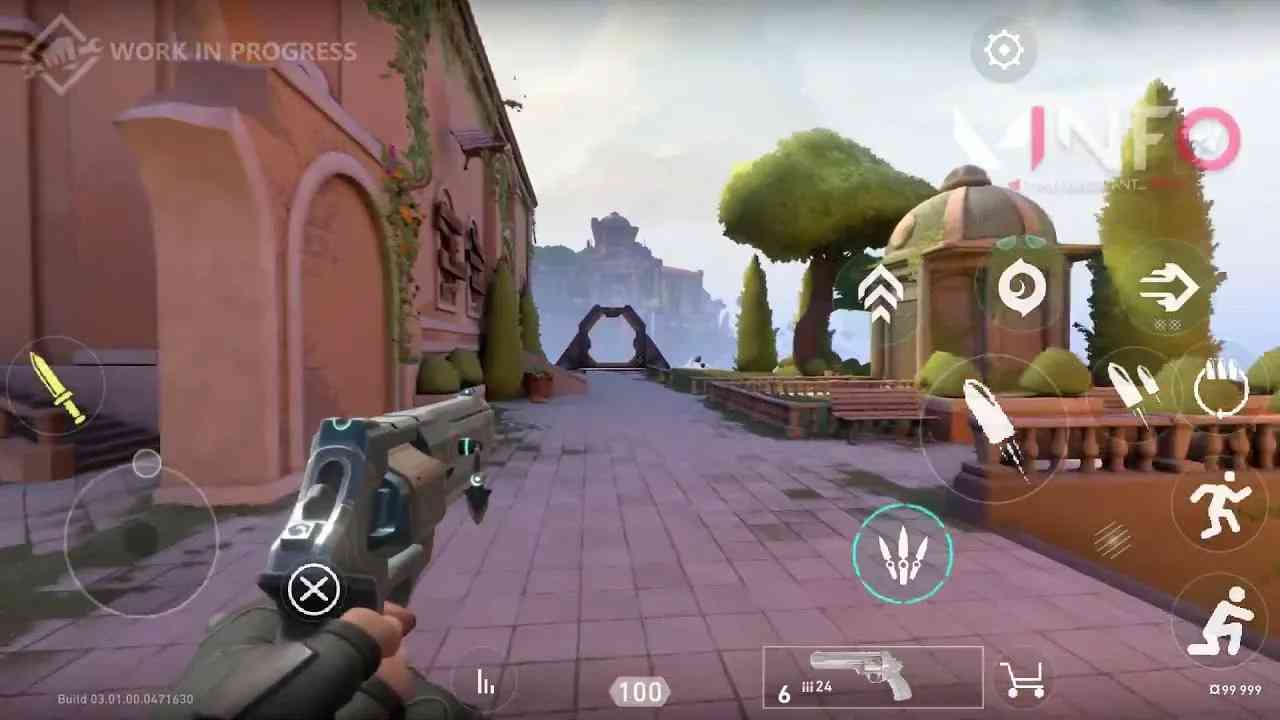
The prospect of Valorant evolving into a cross-platform title holds immense potential for expanding its player base and fostering a more interconnected gaming community. As Riot Games navigates the complexities of cross-platform integration, the anticipation within the gaming community continues to build.
We favor Valorant’s progression towards cross-platform play. This evolution could redefine the competitive landscape, making the game more accessible and enjoyable for a wider audience. And while Valorant’s cross-platform capabilities are still in the conceptual phase, the potential for crossplay looms on the horizon as a beacon of collaborative and inclusive gaming.
Summary
One aspect of crossplay not previously mentioned is ensuring fairness and competitive balance across different input devices. For instance, crossplay between PC and console players raises concerns about the advantages and disadvantages of using a keyboard and mouse versus a controller. Keyboard and mouse users may benefit from more precise aiming, while controller users might leverage aim assist. Balancing these disparities requires careful game design and updates to ensure no player has an unfair advantage based on their chosen platform.
Additionally, crossplay introduces complexities in matchmaking systems, as developers must find ways to match players of similar skill levels across diverse hardware reasonably. These challenges highlight the intricate work behind the scenes to make crossplay a seamless and equitable experience for all players, reinforcing the goal of fostering a unified, competitive community regardless of the platform.


